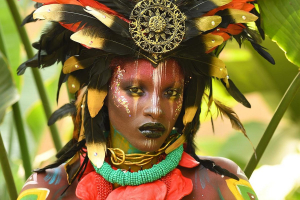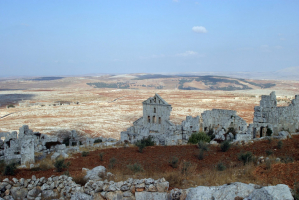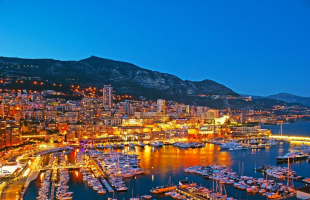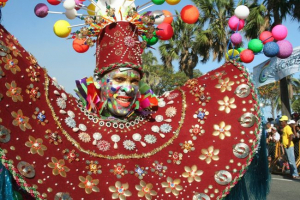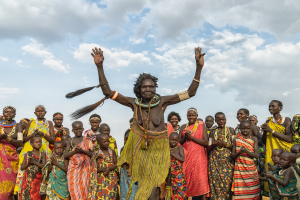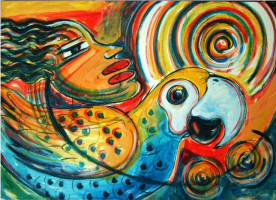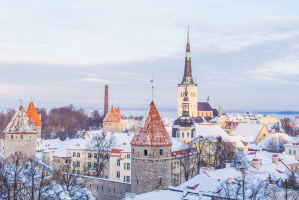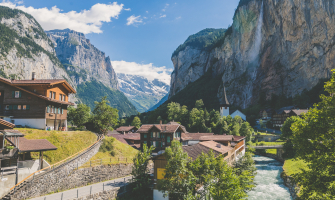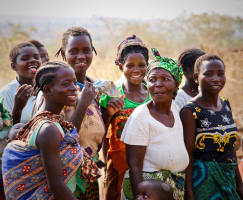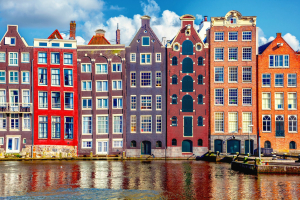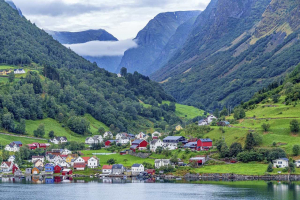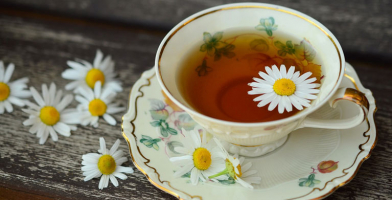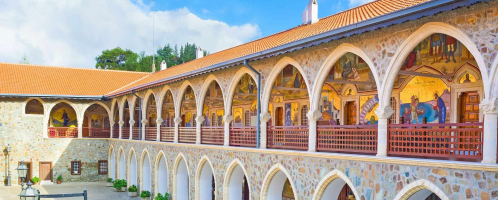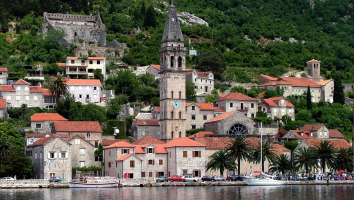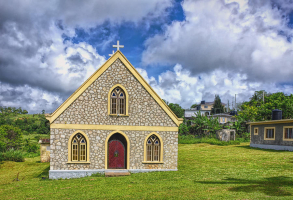Top 6 Danish Culture, Customs and Etiquette
Denmark is a tolerant, liberal nation. Hygge, or spending quality time with friends or loved ones while enjoying delectable food and beverages, is what defines ... read more...this culture. Don't be irritated if Danes don't use the word "please" when speaking to you in English; keep in mind that Danish doesn't have a term for it (which most Danes speak amazingly well). Avoid walking into the cycle lanes that run beside most roads when exploring, and be aware that residents always wait for the green "walk" light at pedestrian crossings, even if there are no cars nearby. Here is the list of Denmark Culture, Customs and Etiquette.
-
Danish is spoken by over 98% of the population. German is acknowledged as an official regional language in the Nord-Schleswig region, which borders Germany. There, 23,000 people, or 0.4% of the 5.2 million people in Denmark, speak German. 0.1% of people worldwide speak the Inuit language of Greenlandic. Denmark has a liberal, egalitarian culture.
Interestingly, their vocabulary, which uses gender-neutral nouns, reflects this. The majority of Danes are humble about their own achievements and more focused on the group's demands than their own personal ones. In Denmark, maternity and paternal leave policies are exceptionally liberal. Despite the allocation of household duties being similar to other affluent nations, men are more actively involved in raising children than in many other countries.
Women are often paid equally and have access to prominent positions in business, where they are highly valued. Flexible schedules are simple to set up for working mothers, so they may balance work and family obligations. Danish women anticipate receiving respect at work.
https://thriveglobal.com/ 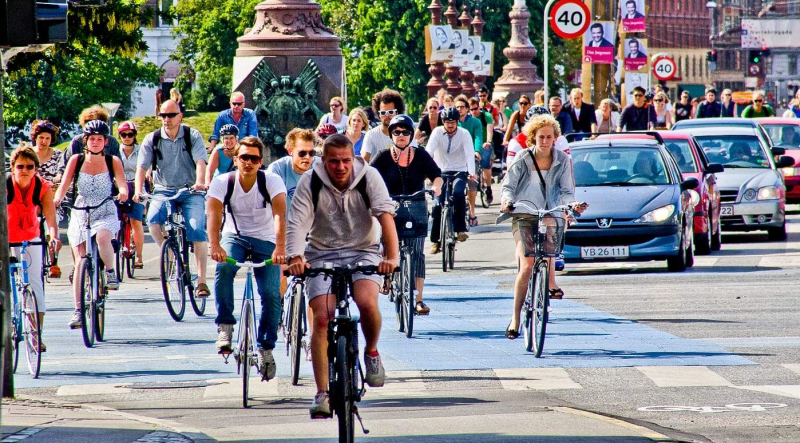
https://www.finansforbundet.dk -
A firm handshake, direct eye contact, and a grin are used in informal greetings. When you arrive or depart, shake hands and say goodbye to each person separately. Shake hands first with the ladies. Danes frequently use their first names when introducing themselves. For their birthdays and Christmas, Danes send gifts to their loved ones and close friends.
And if you are on a business trip to Denmark, reservations are required. Appointments should be confirmed in writing. Initial correspondence ought to be addressed to the business rather than a specific person. Since many Danes are on holiday from mid-June to mid-August, avoid trying to plan meetings during this time. You should be on time for meetings. You will be meeting Danes who are on time.
If you anticipate being held for more than 5 minutes, call right away. When you arrive and when you depart, shake hands with everyone. Handshakes need to be very forceful and brief. Keep looking at the person you're introducing. Always extend your hand to women first. There is a card exchange. Your company's actual address, not a post office box, should be on your business card. Danes use their last name and their professional title. When addressing someone who lacks a formal title, use Herr (Mister), Fru (Misses), or Froken (Miss). Danes transition easily to first names. However, don't use first names until you've been invited.
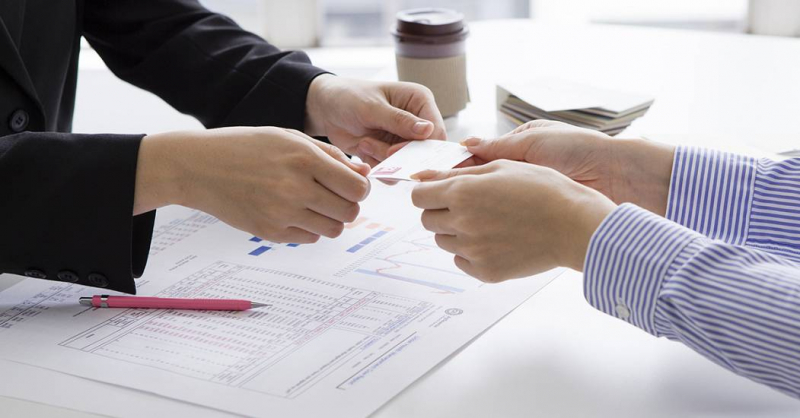
https://www.leveragere.com 
https://cognoscolearning.com/ -
Upon being invited to a Danish home: Show up on time. Danish people are on time in both social and professional settings. Before entering the house, check to see if you need to take your shoes off. To find out if the hostess prefers that you bring a dish, get in touch with her in advance. Offer to assist the hostess with the meal's preparation or clean-up afterward. Since they typically handle the decoration themselves and are proud of their successes, Danes like displaying their homes. So when you ask to see their home, they are delighted. Don't talk about business.
Await instructions on where to sit. There might be a seating arrangement. Continental table manners dictate that you should eat with your knife in your right hand and fork in your left hand. When eating, keep your hands out in plain sight. Maintain having your wrists perched on the table's edge. Attempt everything. Be prepared to receive additional servings. Without insulting your hosts, you can decline. Complete the food in your plate. Danes dislike throwing away food. Place your knife and fork across your plate once you have finished eating, tines facing up and handles pointing to the right. During the dessert course, the man seated to the hostess' left usually makes a toast of gratitude. Wait until the host toasts with "Skol" before starting to eat. When toasting, hold your glass up to about eye level and look directly at those who are seated next to you.
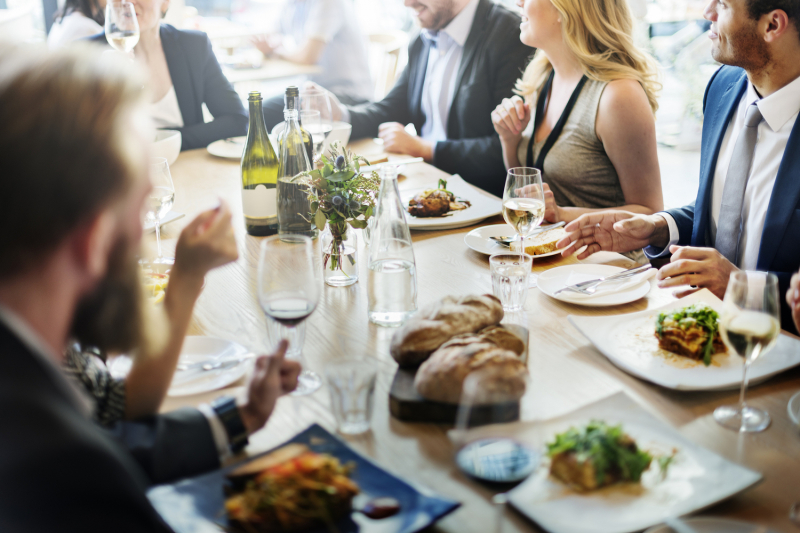
https://www.deburghgroup.com/ 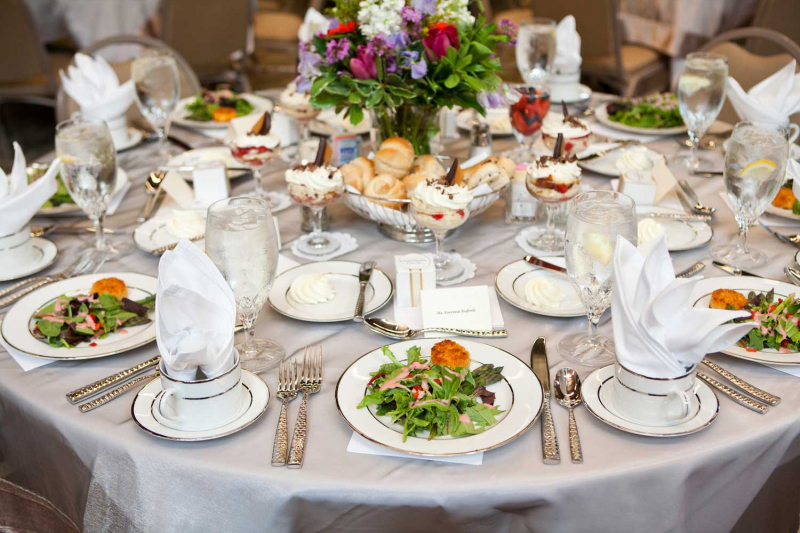
http://spu.edu/ -
Don't be hesitant to accept an offer from a Dane to their home, their meal, or to participate in an activity. Generally speaking, Danes only extend invites when they truly want to do so. Compliments work similarly. Bring a modest present; the most popular choices are chocolate, flowers, or wine. Despite their disregard for formality, remember to use basic table manners while dining out or visiting people's homes.
For their birthdays and Christmas, Danes send gifts to their loved ones and close friends. Whenever you are invited to a Danish home for dinner, bring flowers, fine chocolates, or fine wine. A bouquet of mixed wildflowers is a wonderful present. Flowers need to be packaged. It is considerate to deliver flowers before a dinner or party if you have been invited. Red wrapping paper is a terrific option no matter what. When received, gifts are opened.
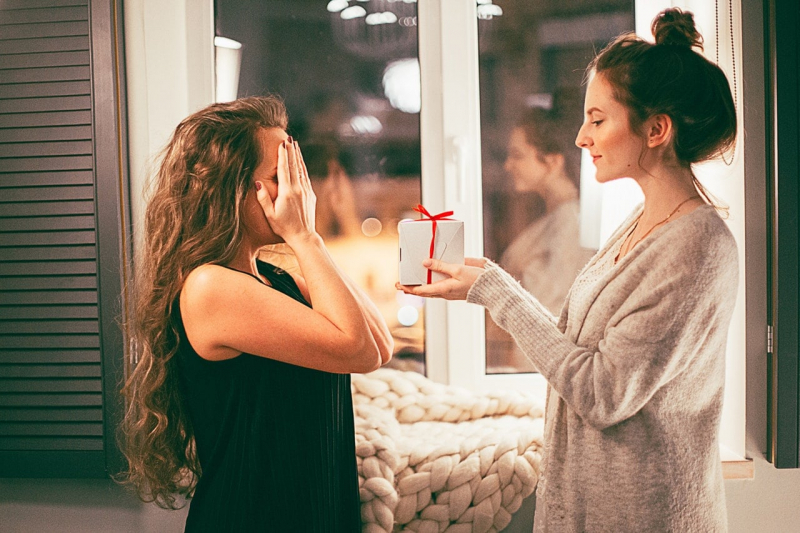
http://www.bitrebels.com 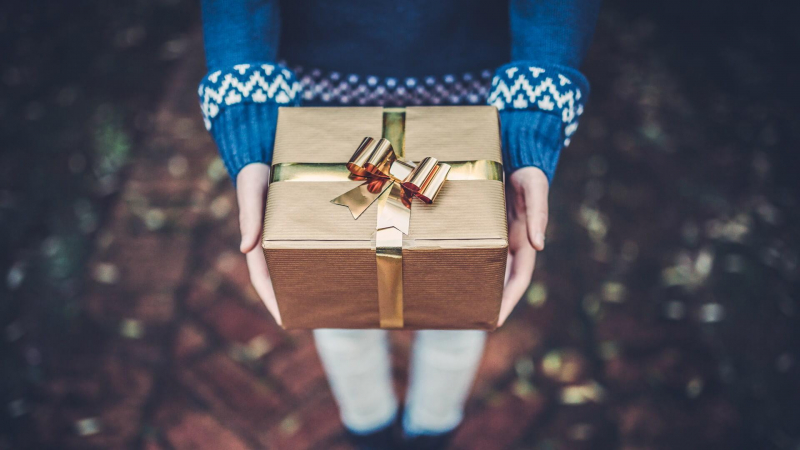
https://finance.yahoo.com/ -
Danish cuisine, or det danske kkken, was evolved from the food that the peasantry produced themselves and was later improved by cooking methods created in the late 19th century and the increased accessibility of items during and after the Industrial Revolution. When made and adorned with a range of good ingredients, open sandwiches, also known as smrrebrd, which in their basic form are the typical lunch fare, can be regarded a national specialty.
Meat or fish is frequently used to produce hot meals. Flaeskesteg (roast pork with crackling) and kogt torsk (poached cod with mustard sauce and trimmings) are two substantial meat and seafood meals. The industrial revolution saw the widespread use of ground meats (pork, veal, or beef), and dishes like frikadeller (meat balls), karbonader (breaded pork patties), and medisterplse are still popular today (fried sausage). Danish beer brands Carlsberg and Tuborg, as well as akvavit and bitters, are well-known worldwide, but among Danes themselves, imported wine has been progressively gaining popularity since the 1960s.
The usage of imported tropical spices like cinnamon, cardamom, nutmeg, and black pepper may be dated to the Danish cuisine of the Middle Ages, and perhaps even to the Vikings. Cooking in Denmark has always been influenced by foreign and continental practices.
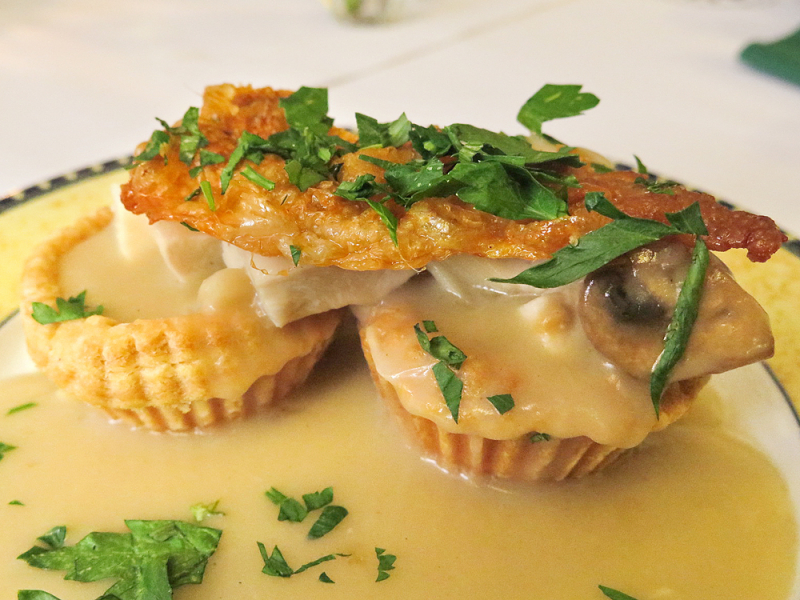
https://www.eatingeurope.com/ 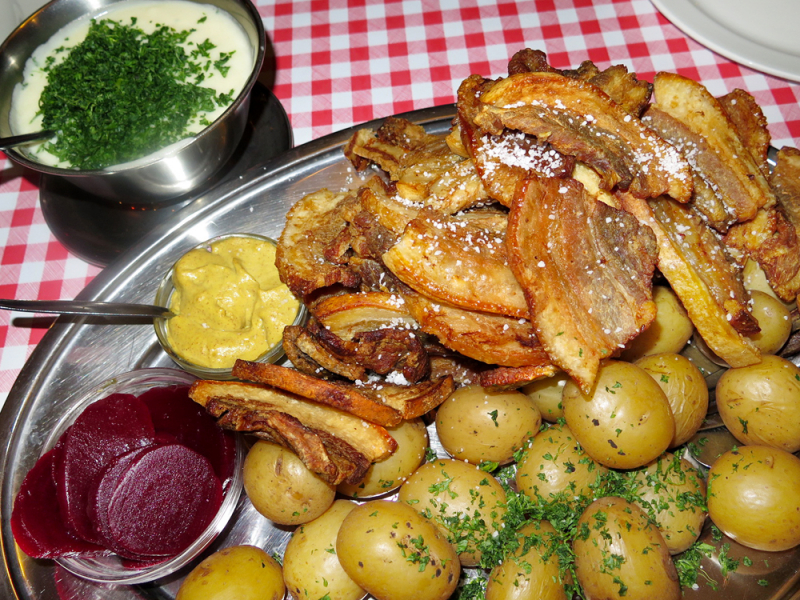
https://www.eatingeurope.com/ -
The visual arts created in Denmark or by Danish artists are referred to as Danish art. With notable 2nd century BC relics like the Trundholm sun chariot, it dates back thousands of years. It is typically seen as a component of Scandinavia's larger Nordic art during many early times. Next to Norse and Viking art, the Nordic Bronze Age includes artwork from what is now Denmark.
Church frescoes, such as those created by the 16th-century artist known as the Elmelunde Master, are the primary source of information about Danish medieval painting. The existing group of painters and sculptors was left without significant markets as a result of the Reformation, which significantly disturbed Danish aesthetic traditions. Danish contemporary art produces a lot of artwork per person as a result of generous art subsidies.
Denmark has been relatively successful in preserving its art, despite generally not being a major center for the production or export of art. In particular, due to the relatively mild nature of the Danish Reformation and the absence of extensive church rebuilding and redecoration that followed, Denmark, along with other Scandinavian countries, has an unusually high survival rate of medieval church paintings and furnishings. Viking art was one time when Nordic art had a significant impact on the rest of northern Europe. Many examples of Viking art still exist today, including modern artifacts and unaltered stone monuments scattered over the countryside.
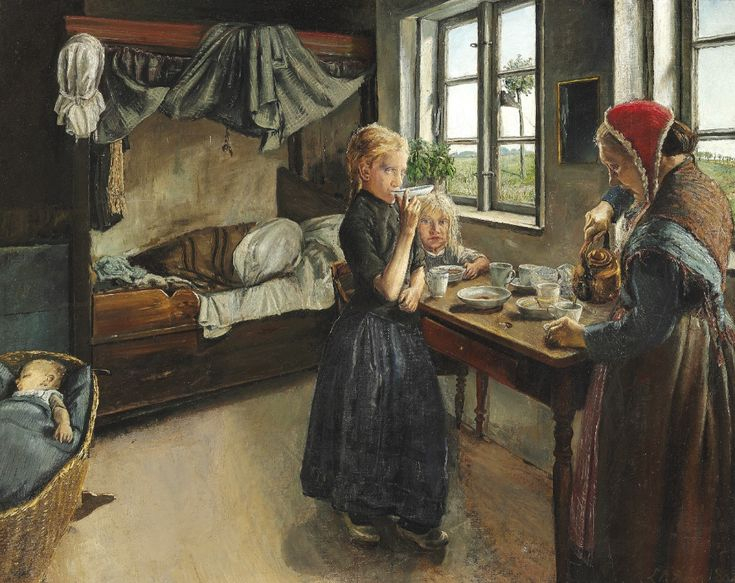
https://www.pinterest.com/ 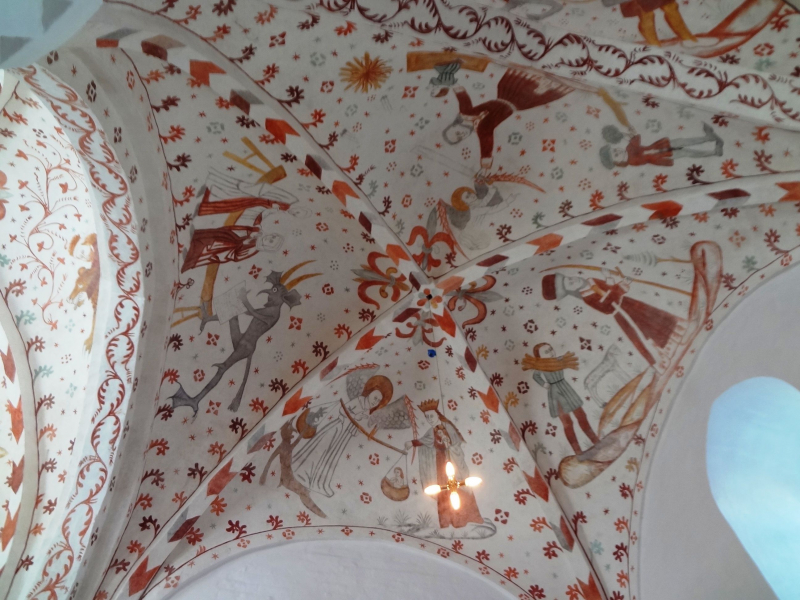
https://www.pinterest.com/








